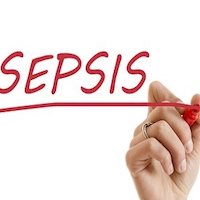
Immunotherapy Effects on Sepsis
A randomised controlled multicentre trial assessed for the first time the safety and pharmacokinetics of an antiprogrammed cell death-ligand 1 (anti–PD-L1) immune checkpoint inhibitor (BMS-936559; Bristol-Myers Squibb,... read more

Disinfection Devices in ICU Sinks Dramatically Reduce Superbugs
Putting disinfection devices onto the siphons of sinks can help manage multidrug-resistant Pseudomonas aeruginosa colonization in intensive care units, according to a study published in Journal of Hospital Infection. Researchers... read more
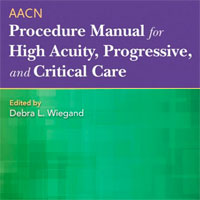
AACN Procedure Manual for High Acuity, Progressive, and Critical Care
The AACN Procedure Manual for High Acuity, Progressive, and Critical Care, 7th Edition, authored by the American Association of Critical-Care Nurses, is the authoritative reference to procedures performed in high acuity,... read more
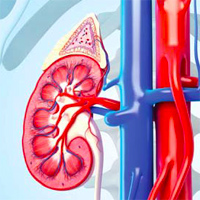
AKI and Subsequent Frailty Status in Survivors of Critical Illness
Acute kidney injury in survivors of critical illness predicted worse frailty status 3 and 12 months postdischarge. These findings have important implications on clinical decision making among acute kidney injury survivors... read more

Lactate-Guided Resuscitation Only Encourages Over-Resuscitation and Downstream Harms
The Centers for Medicare and Medicaid Services and the Surviving Sepsis Campaign both rushed to offer guidance on the appropriate management strategies for patients presenting with septic shock. In both cases, a lactate-guided... read more

Economic Evaluation of vv-ECMO for Severe ARDS
Venovenous extracorporeal membrane oxygenation (vv-ECMO) is increasingly being used to support patients with severe acute respiratory distress syndrome (ARDS), but its cost-effectiveness is unknown. The cost-utility of vv-ECMO... read more

ECMO Use in Cardiogenic Shock
Increasing age is a well-recognized risk factor for in-hospital mortality in patients receiving extracorporeal membrane oxygenation (ECMO) for cardiogenic shock, but the shape of this relationship is unknown. Age is linearly... read more

Safety of Patient Mobilization and Rehabilitation in the ICU
Patient mobilization and physical rehabilitation in the ICU appears safe, with a low incidence of potential safety events, and only rare events having any consequences for patient management. Heterogeneity in the definition... read more
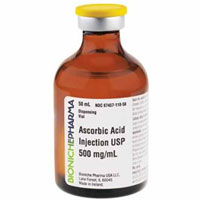
Effect of High-dose Ascorbic Acid on Vasopressor’s Requirement in Septic Shock
In this study, administration of high-dose ascorbic acid significantly decreased the requirement for vasopressor's dose and duration in surgical critically ill patients with septic shock. Several mechanisms including anti-oxidant,... read more
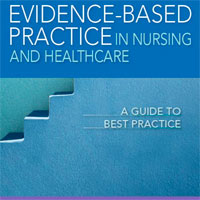
Evidence-Based Practice in Nursing & Healthcare
Enhance your clinical decision-making capabilities and improve patient outcomes through evidence-based practice. Develop the skills and knowledge you need to make evidence-based practice (EBP) an integral part of your clinical... read more

One Nation Under Stress
In an eye-opening new film, Dr Sanjay Gupta explores the link between stress and the continuing fall in US life expectancy. In the documentary, which premiered on HBO, Gupta speaks with scientists, affected individuals and... read more
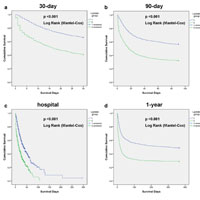
Prognostic Accuracy of the Serum Lactate Level, the SOFA Score and the qSOFA Score for Mortality Among Adults with Sepsis
Sepsis is a common critical condition caused by the body’s overwhelming response to certain infective agents. Many biomarkers, including the serum lactate level, have been used for sepsis diagnosis and guiding treatment.... read more
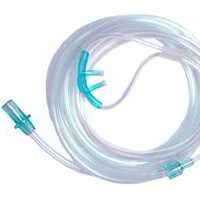
High-flow Oxygen Through Nasal Cannula in Acute Hypoxemic Respiratory Failure
In patients with nonhypercapnic acute hypoxemic respiratory failure, treatment with high-flow oxygen, standard oxygen, or noninvasive ventilation did not result in significantly different intubation rates. There was a significant... read more

Applied Physiology at the Bedside: Volumetric Capnography
Volumetric capnography is the graphical representation of the partial pressure of carbon dioxide (CO2) versus exhaled volume. This measurement is made noninvasively at every breath by a combination of flow and CO2 sensors,... read more








